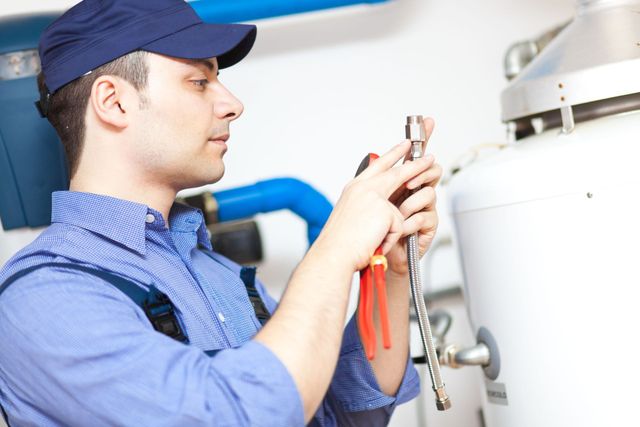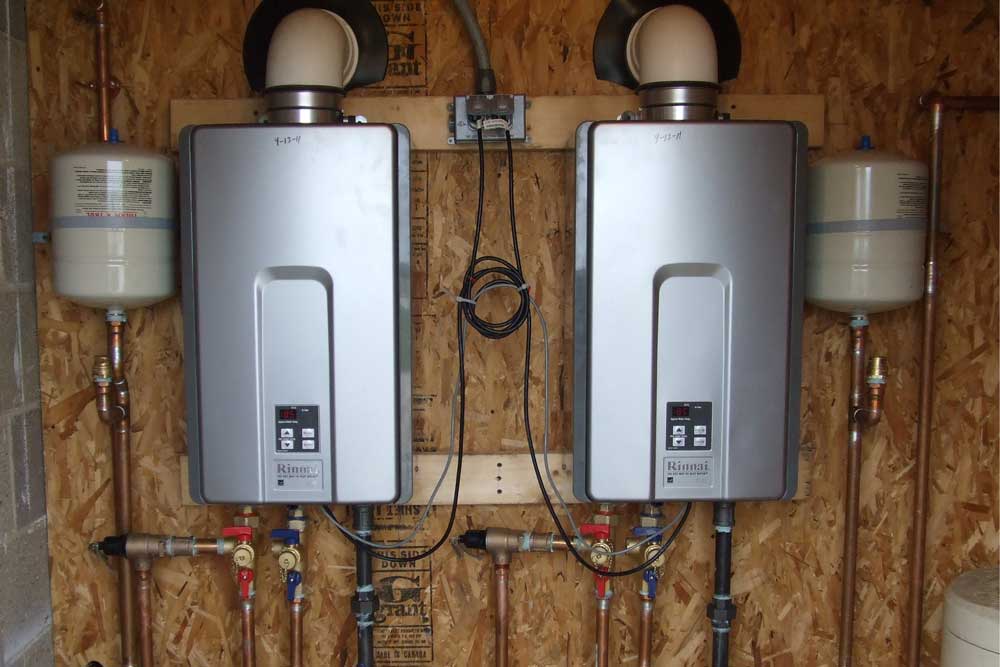The article below in relation to Tips on Maintaining a Water Heater is particularly engaging. Give it a try and make your own personal results.

Hot water is vital for day-to-day comfort, whether it's for a rejuvenating shower or cleaning dishes. To ensure your warm water system runs efficiently and lasts longer, normal maintenance is essential. This post supplies practical suggestions and insights on exactly how to preserve your home's warm water system to avoid interruptions and expensive fixings.
Introduction
Preserving your home's warm water system could seem difficult, yet with a couple of straightforward actions, you can ensure it operates efficiently for several years to come. This guide covers whatever from recognizing your warm water system to DIY maintenance suggestions and recognizing when to call professional assistance.
Value of Keeping Your Warm Water System
Regular maintenance not only prolongs the life-span of your warm water system yet also ensures it operates effectively. Disregarding maintenance can lead to lowered performance, greater power bills, and even premature failure of the system.
Indicators Your Warm Water System Needs Maintenance
Recognizing when your warm water system requires focus can protect against significant issues. Look out for signs such as inconsistent water temperature, strange noises from the heater, or rusty water.
Understanding Your Hot Water System
Before diving into upkeep jobs, it's handy to recognize the standard elements of your warm water system. Normally, this consists of the hot water heater itself, pipelines, anode poles, and temperature level controls.
Regular Monthly Maintenance Tasks
Regular monthly checks can aid capture small problems before they escalate.
Flushing the Hot Water Heater
Purging your hot water heater eliminates sediment buildup, improving performance and lengthening its life.
Monitoring and Replacing Anode Rods
Anode poles protect against deterioration inside the storage tank. Examining and replacing them when broken is critical.
Checking and Changing Temperature Settings
Readjusting the temperature level settings ensures optimum efficiency and security.
DIY Tips for Upkeep
You can do a number of maintenance jobs yourself to keep your warm water system in top condition.
Looking for Leakages
Routinely evaluate pipes and links for leaks, as these can lead to water damages and higher bills.
Examining Stress Relief Valves
Examining the stress relief valve guarantees it works correctly and stops extreme stress accumulation.
Insulating Pipelines
Shielding hot water pipes minimizes heat loss and can conserve energy.
When to Call a Professional
While do it yourself maintenance is valuable, some issues call for professional expertise.
Complicated Issues Needing Specialist Assistance
Instances include significant leaks, electric problems, or if your hot water heater is consistently underperforming.
Regular Professional Maintenance Perks
Specialist maintenance can include detailed inspections, tune-ups, and ensuring conformity with safety and security standards.
Final thought
Normal upkeep of your home's warm water system is essential for effectiveness, long life, and cost financial savings. By following these suggestions and recognizing when to seek expert aid, you can guarantee a trusted supply of hot water without unforeseen disturbances.
How to Maintain an Instant Hot Water Heater
Before tinkering with your hot water heater, make sure that it’s not powered on. You also have to turn off the main circuit breaker and shut off the main gas line to prevent accidents. Also turn off the water valves connected to your unit to prevent water from flowing into and out of the appliance. 2. When you’re done, you have to detach the purge valves’ caps. These look like the letter “T” and are situated on either side of the water valves. Doing so will release any pressure that has accumulated inside the valves while at the same time avoid hot water from shooting out and burning your skin. 3. When the purge valves’ caps are removed, you have to connect your hosing lines to the valves. Your unit should have come with three hoses but if it didn’t, you can purchase these things from any hardware or home repair shops. You can also get them from retail stores that sell water heating systems. Read the user’s manual and follow it to complete this task properly. When the hosing lines are connected, open the purge port’s valves. 4. You should never use harsh chemical cleaners or solutions when cleaning your unit. Make use of white vinegar instead. It should be undiluted and you’ll probably use about 2 gallons. 5. Now flush your water heater. This task should probably take about 40 minutes. We can’t give you specific directions for this because the procedure is carried out depending on the type, model and brand of your heater. With that being said, refer to the user’s manual. 6. When you’re done draining the unit, you have to turn off the purge port valves again. Remove the hosing lines that you earlier installed on each of the water valves. Put the valve caps (purge port) back in their respective places and be very careful so as not to damage the rubber discs that are found inside these caps. 7. Now that everything’s back in place, check your user’s manual again to find out how to reactivate your water heating system. 8. Once it is working, turn one of your hot water faucets on just to let air pass through the heater’s water supply pipes. Leave the tap on until water flows smoothly out of it. https://www.orrplumbing.com/blog/2014/september/how-to-maintain-an-instant-hot-water-heater/

Hopefully you enjoyed our topic about Water Heater Maintenance Tips You Can't Afford to Forget. Thanks so much for taking time to read through our piece. Don't hesitate to take the time to share this post if you appreciated it. I am grateful for your time. Revisit us soon.
View Website